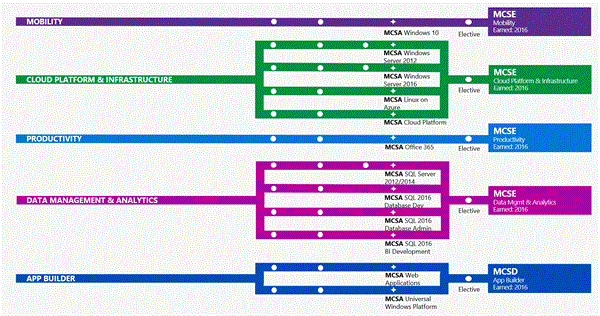IT networking has changed dramatically over the past decade. For starters, many organizations have been able to divest themselves from on-premises network infrastructures and instead connect their most important applications and services to the public cloud. This switch has fueled tremendous growth for business cloud ecosystems such as Microsoft Azure and Amazon Web Services, which can provide networking resources on-demand.





